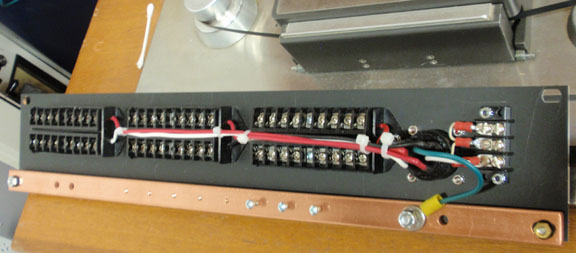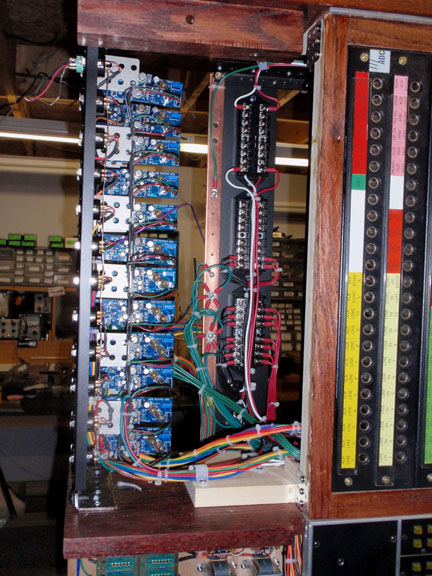Humner
Well-known member
the front panel consists of 4mm laser cut wood(maple veneered MDF) and then this is overlayed with 1.6mm coloured plastic panel which provides the recess for the nuts etc.
I attached the plastic panels with M2 hex screws and nuts.
Not sure if the finished panels will be using the same materials. If I go with the wood I may add some kind of aluminium or copper shielding layer. I'm also considering doing the coloured panels in anodised aluminium.
The good news is that I can do small batch runs for the wood and plastic panels which makes prototyping possible.
I attached the plastic panels with M2 hex screws and nuts.
Not sure if the finished panels will be using the same materials. If I go with the wood I may add some kind of aluminium or copper shielding layer. I'm also considering doing the coloured panels in anodised aluminium.
The good news is that I can do small batch runs for the wood and plastic panels which makes prototyping possible.






































